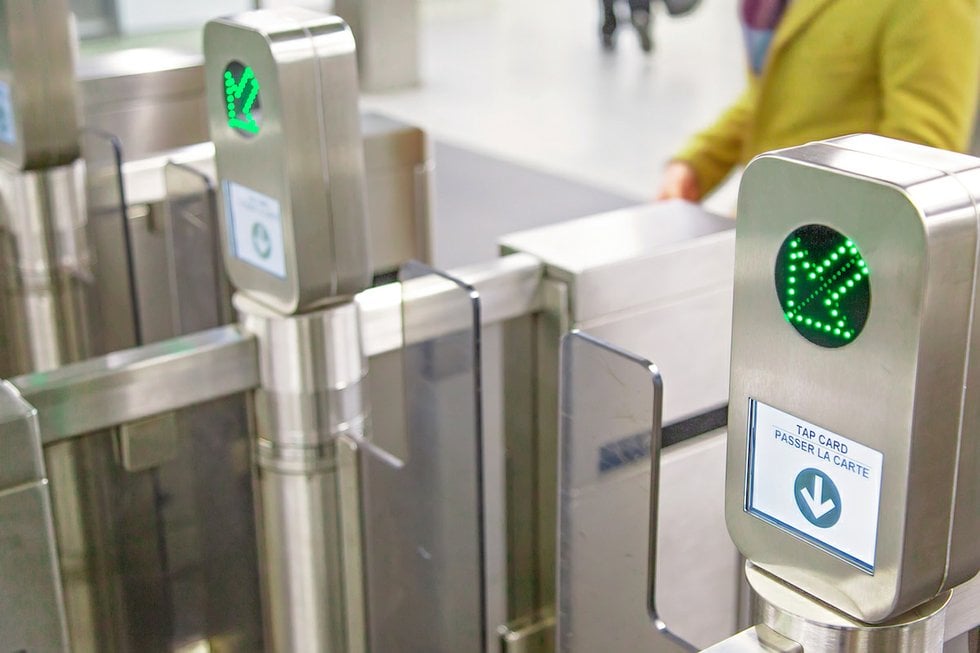
TTC fares are going up a dime on March 1 for most riders except those who pay with cash.
The increase will apply to adult fares, seniors, students and “Fair Pass” discount rates.
What do riders get for their dime? Not much.
The cost of everything rises with inflation, but City Council’s goal is to limit tax increases to that rate. Thanks to a long-standing policy of reducing commercial and industrial taxes, this year the overall tax hike is only two-thirds the rate of inflation.
Providing more of anything means new money, an “enhancement” in budget terms, and those are rare. The TTC is lucky to see a 4.1 per cent increase over 2019, but much of this is paid for with one-time revenue.
Metrolinx owes the TTC $19 million for the cost of extra buses on routes congested by provincial transit construction since 2017. Metrolinx has its own budget woes, and even if they cough up, this is like getting a deadbeat friend to pay off a debt, not a continuing source of income.
With increased fare inspection, the TTC hopes to raise $10 million more from cheating riders at a cost of $3 million. There is no guarantee that this will succeed. Meanwhile, there is an equity debate about both the targets of fare enforcement and the disproportionate fines for transit fare evasion compared to motoring offences.
The new fare increase will bring in $31.4 million – an amount roughly equivalent to a one per cent property tax hike – but most of that will pay for existing services, not improvements.
Of the $9.5 million allocated for “New/Enhanced Priorities” in the budget, only $3.7 million goes to improved surface transit schedules. This will be concentrated on five routes: Dufferin, Jane, Finch East, Islington and Scarborough.
That number, $30 million, is also roughly the amount it will cost the TTC in 2021 and again in 2022 just to open the Eglinton Crosstown line. If Metrolinx ever gets its way and doubles the fees charged to TTC for Presto services, that would be another $60 million annually. Where will this come from?
In 2019, the TTC surveyed riders to learn how the transit system might be improved. Service reliability and crowding were the two items right at the top of the list.
The TTC’s budget unveiled in December 2019 claimed that service would be added to bring crowding within their own standards. However, the extra resources to do this were counted twice. The TTC described this as “a simple mistake in wording” but a commitment to less crowding is no longer as prominent in the budget.
TTC CEO Rick Leary says that there will be quarterly crowding reports in 2020. That’s a good start, but this much-needed report should include the gaps and bunching that riders see every day. The TTC should measure what it claims to be selling: service.
Recent news reports trumpeted Mayor John Tory’s City Building Fund and the nearly doubled level of spending on TTC capital projects. None of that money goes to improved service. If the TTC buys more buses, streetcars and subway trains, operating costs will rise. More service will bring more riders, but they won’t cover the whole cost.
Better service is always at the back of the line because it costs a lot to make improvements that riders will notice. One per cent more service translates to only 16 more buses and two more streetcars at peak, a trivial change across a system the size of the TTC’s. Much more will be needed. Tweaking the fares with free children’s rides and the two-hour transfer was much cheaper and diverted attention from service improvements.
Toronto riders are not getting their 10 cents worth.
This column is part of a weekly review by Steve Munro of issues affecting Toronto’s transit system and its riders.
@nowtoronto












